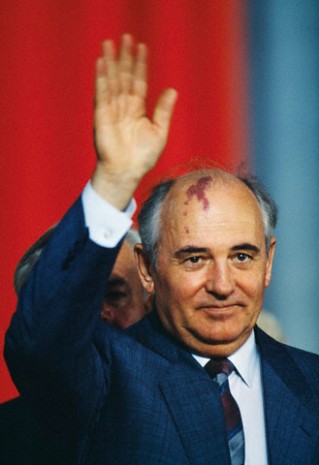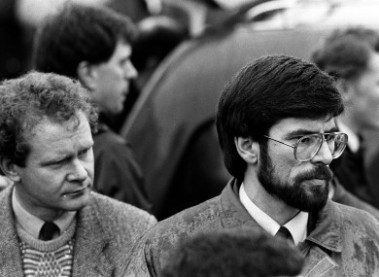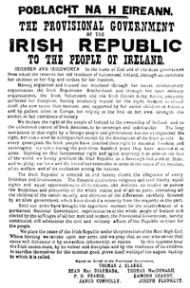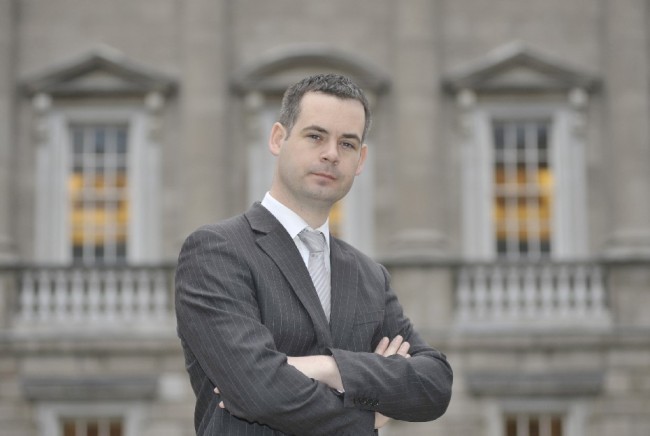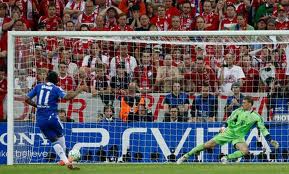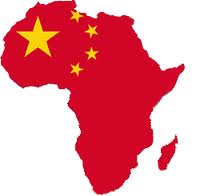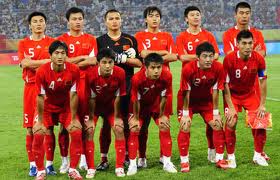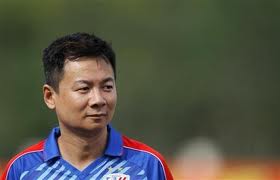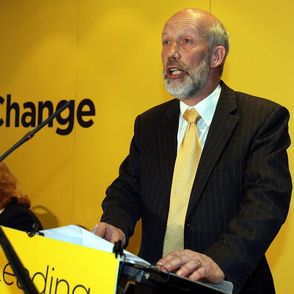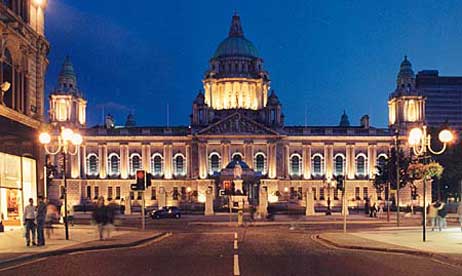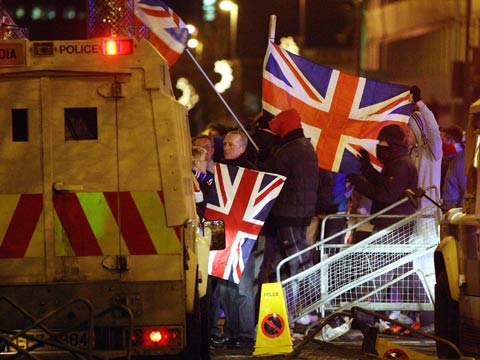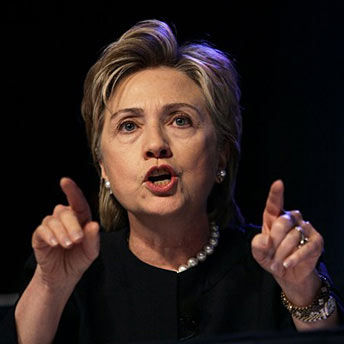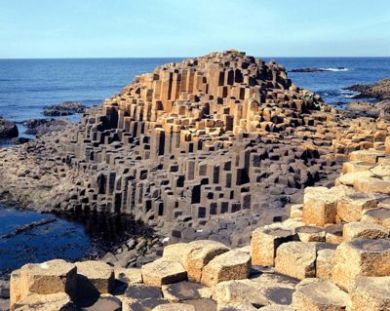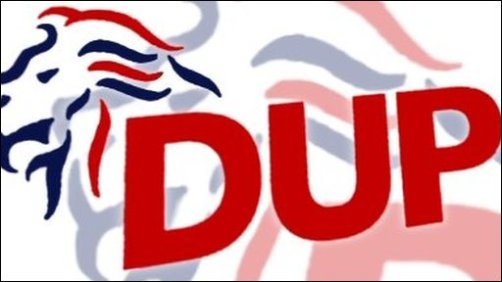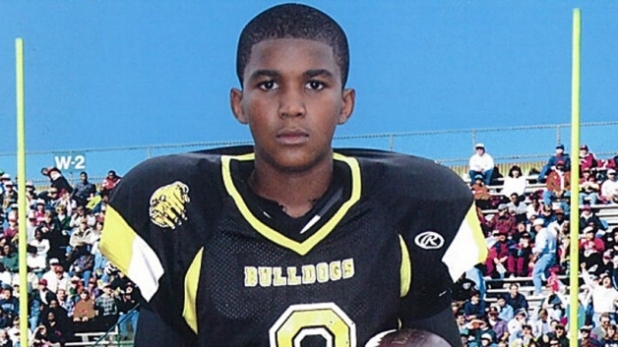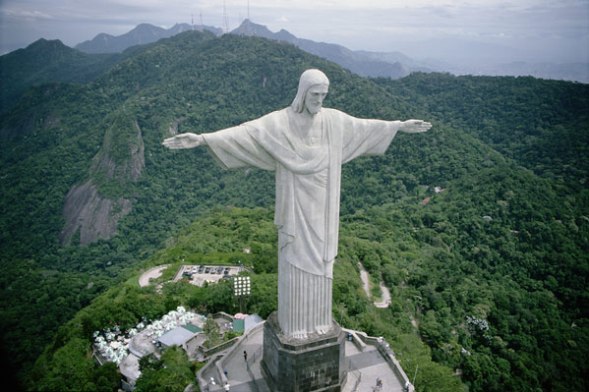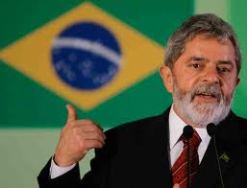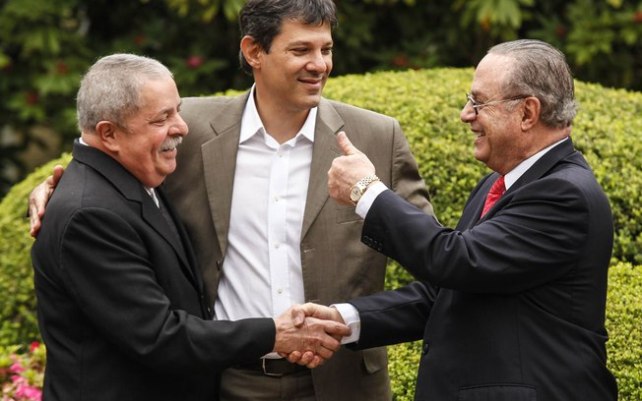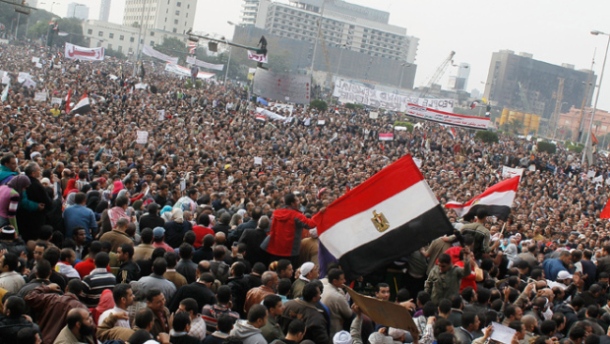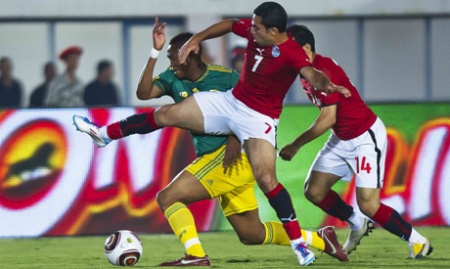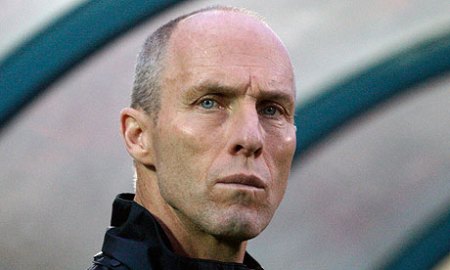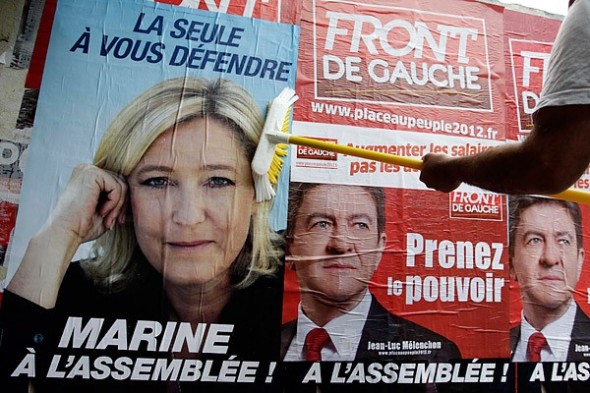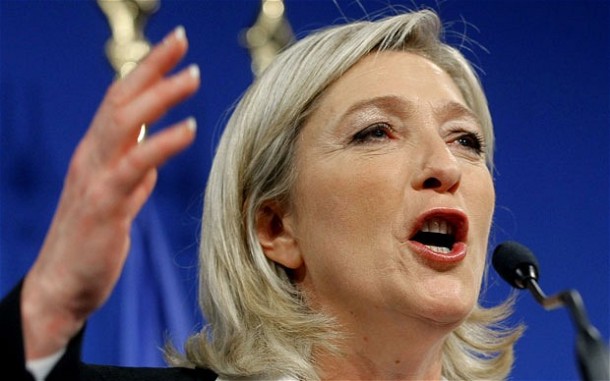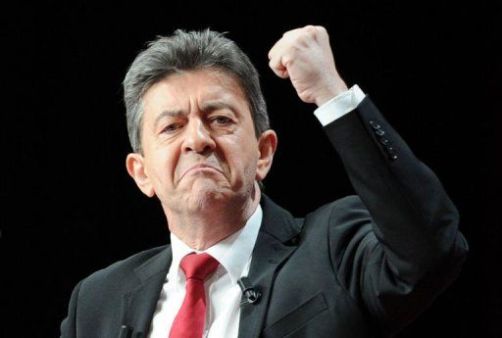Ch-Ch-Changes?
At their recent Ard Fheis, or party convention for those of you unfamiliar with the ‘cupla focail’, Sinn Fein delegates from north, south, east and west donned their collective party hats and performed a stirring rendition of ‘happy birthday’ for their party leader, Gerry Adams. The fact that the performance of this ubiquitous classic was delivered ‘as gaelige’ is but an optical aside in the bigger, all-encompassing picture that is Sinn Fein version 2.1.
The reason for this synchronized outpouring of song had, however, very little to do with the birth date of the aforementioned Mr. Adams (which actually occurs on the 6th of October each year) but was instead a celebration of the fact that Gerry had reached the big three-zero milestone as president of the Sinn Fein parliamentary party. The highly unstable nature of party politics, particularly those at the higher echelons of it, as well as the added variables of having to lead a party in an environment where bombings, assassination attempts and all-out conflict were part of the daily grind, makes this achievement all the more remarkable.
A quick scan of the national and international political leadership top-table in 1983 illustrates the sheer scale of Adams’ most recent anniversary. In Ireland, Garret Fitzgerald and Charles Haughey had just finished their intriguing head to head battle as to who would lead the country, with the latter coming out on top after three election campaigns in eighteen months. The Cold War’s ideological ambers were still stoking when Adams’ reign began, with Ronald Reagan in the first term of his eight year tenure in the Oval Office, while Mikhail ‘glasnost and perestroika’ Gorbachev had yet to even roll the dice in the snakes and ladders platform that was the position of Soviet Union General Secretary. Whilst, in the UK, Margaret Thatcher was in charge as the situation in Northern Ireland continued to worsen.
The impact that Thatcher and her conservative government had in fast-tracking Adams’ political career should not be underestimated. Her hard-line approach in refusing the hunger strikers political prisoner status both re-invigorated domestic support for the republican cause while also elevating the conflict to an international audience – an issue that was further strengthened by Bobby Sands posthumous election victory in the Fermanagh-South Tyrone Westminster by-election in 1981. Adams’ advocacy for greater political engagement, from all facets of the republican movement, intensified during this period and this stance remains the cornerstone of his presidency of Sinn Fein.
Adams’ leadership has resulted in a gradual but significant shift in the political profile of Sinn Fein. The party has undergone an organisational and structural face-lift which has seen it discard absenteeism (with the exception of Westminster) and involvement in paramilitary activity in favour of stringent opposition in parliament and a progressive approach to a range of social and economic issues. In short, Sinn Fein has gradually transformed itself from a party that nobody would touch to one that some are wondering if they can afford to avoid.
This political progress has been astutely choreographed and managed by Adams and with the centenary anniversary of the 1916 Easter Rising conveniently falling on an election year on this side of the border, is the stage set for Sinn Fein to announce its arrival as a government party in Leinster House? And if this turns out to be the case, what will it mean for Adams and the wider Sinn Fein leadership?
The prospect of Adams, and a number of his Sinn Fein colleagues, holding ministerial positions in Dail Eireann, allied to the party’s continued power-sharing arrangement in Stormont is, undoubtedly, a top priority and major political incentive for Sinn Fein top brass, especially given the significance of 2016, but is the likelihood of this happening hampered by Adams’ position as party leader?
There is a growing body of opinion which argues that Adams’ transfer south of the border might not have been as beneficial to Sinn Fein’s electoral ambitions as had been previously anticipated. On the surface this viewpoint appears quite unfounded as his presence has, undoubtedly, given the party a figurehead that was, for so long, found lacking among their deputies in Leinster House. Similarly, the fact that Sinn Fein secured its highest ever seat total in 2011 would suggest that such claims are lacking a degree of accuracy. It is also important to remember that any criticisms of Adams’ leadership are confined exclusively to external sources and, at present, are but murmurings in the overall Irish political spectrum but nonetheless, the issue remains.
Adams’ detractors argue that he is out of touch with the contemporary policies and issues of Ireland in 2013 and his failure to sufficiently articulate realistic alternatives to a number of economic and social issues has reduced the party’s credibility as a potential government party. Similarly, there is a feeling that his leadership and presence in Dublin is a retrograde step in Sinn Fein’s continued attempt to disassociate itself from the IRA and other dissident activity.
While this may not yet be a pressing concern for Sinn Fein party members it is worth noting that if the party is to deliver on its promise of a united Ireland that is fully equipped with the social provisions it deems essential, then it will invariably have to do so as a coalition partner and, at the present time, it is very uncertain if any of the ‘big three’ would embrace Adams and co. as government bedfellows. With that in mind, would the party push for a change in leadership to achieve this end and, more importantly, would Adams concede his position for the greater good of the party?
We, at ‘Who Is the Next Caesar?’ have decided to adopt a hypothetical mindset and assess what would a Sinn Fein post Gerry Adams really look like. As stated earlier, most people in this country associate Sinn Fein with Gerry Adams and vice-versa and while this is an obvious positive with regards to his popularity among his supporters it does pose the question; what can be achieved without him?
Adams’ current position within Sinn Fein transcends the relatively weak definitions articulated by titles such as party leader or president. It goes far beyond the remit shared by many of his contemporaries and his influence, either positive or negative, has been felt so acutely, by those both within and outside the party, that it is quite difficult to imagine a scenario where he wasn’t guiding the party’s political ambitions. The irony here is that it is this strong-minded autocratic brand of leadership, allied to the militaristic discipline imparted on all strands of the party by Adams, that has made the act of even contemplating a successor to his tightly guarded thrown all the more difficult. To use a football (association not gaelic!) analogy, he is the Alex Ferguson of Irish politics.
Much like fans of Manchester United, one of the most pressing issues for Sinn Fein supporters and observers outside the party alike is; what happens next? This point is exacerbated even further by the dual-jurisdiction nature of Sinn Fein which inevitably reduces the number of viable candidates that the party can present as potential future leaders. Mary-Lou McDonald is one such example. Cited by many as the future of Sinn Fein because of her combative political style and the fact that she is both female and under 45, she is, nonetheless, unlikely to appease the northern contingent sufficiently, particularly given the fact that Sinn Fein continue to poll far stronger north of the border, to get the top job.
Similarly, the possibility that Martin McGuiness could emerge from Adams’ shadow to lead Sinn Fein on an all-island basis is, again, stymied by the fact that he would also be tarnished as a coalition party leader in Leinster House because of his association with the IRA and intense paramilitary activity that resulted in the countless deaths of members of the civilian population on both sides of the border during the troubles.
Given the north-south nature of the party, as well as the more pressing need to have a southern representative as leader to continue the growth in less partisan areas of the country, it is becoming increasingly likely that the next Sinn Fein leader will emerge from a constituency in the republic but also one that has strong ties to the north. With those variables in place, it is apparent that one candidate fits the bill more than most.
Pearse Doherty, TD for Donegal South-West, has made a significant impact in parliament since his 2010 by-election victory. His age (36), bilingual ability and, crucially, proximity to Northern Ireland, make him a perfect representation for the profile of the ever-changing Sinn Fein support base. This has not gone unnoticed by the party’s hierarchy as he was chosen as Sinn Fein’s finance spokesman in 2011. The lack of credible and realistic legislative plans is one of the biggest criticisms against Sinn Fein and although Doherty is not immune to this contagion he has, nonetheless, made many insightful and media-grabbing proposals both in the chamber and as part of the Oireachtas finance committee.
His profile is also certainly benefitting from the fact that he is not identified with the IRA and the countless murders and atrocities that they carried out during three decades of conflict. This would, undoubtedly, work to Sinn Fein’s advantage should he ascend to the role of party leader and would certainly increase their chances of becoming a government party in the medium-term future. In public, Adams and co. have stated that they will only enter government on their terms but the reality is that, barring a complete meltdown of the current status quo, they will have to do so as part of a broader coalition and with that comes compromise. Initiating such a compromise would be extremely challenging for any party (most likely Fianna Fail) with Adams at the helm.
The key issue at play here is that certain factions of Sinn Fein are intrinsically linked to the IRA and, whether they like it or not, that connection will remain as long as Adams is party leader. The dilemma for the party is whether they can justify severing the ties of the past for the electoral gains of the future. Only time will tell if they will address this thorniest of issues.
